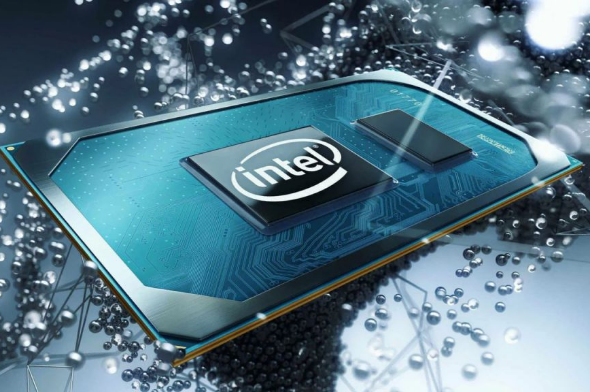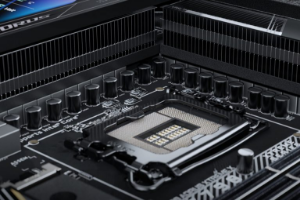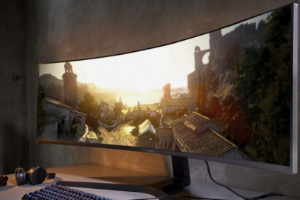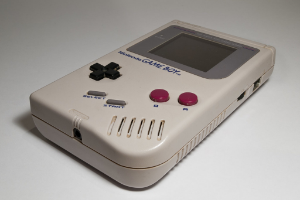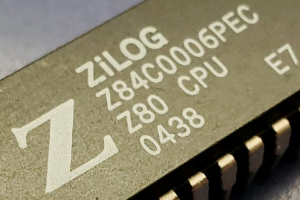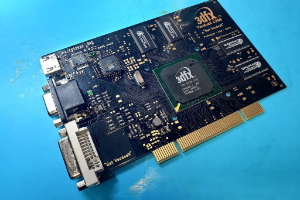Connection to DriversCloudCreate a DriversCloud.com accountReset your DriversCloud.com passwordAccount migration
Intel is expanding its U.S. plant in Oregon at a cost of $3 billion
Intel's major plant in Oregon now has an additional 25,000 square meters.
The construction site was colossal and was one of the key pieces of the vast development program initiated by Pat Gelsinger when he arrived at the head of Intel. It is now completed and the American company's D1X factory located in the state of Oregon has a new unit, an extension, which is known as D1X Mod 3. An extension that takes the form of a new clean room of no less than 25,000 square meters that will allow Intel employees to develop new generations of components.
Intel has already mentioned the development of the famous RibbonFET transistors and High NA EUV lithography, which will be found at the heart of the Intel 20A and Intel 18A nodes that will guarantee the company's future. A company that has spent lavishly on upgrading its Oregon plant. Indeed, according to the figures mentioned by Intel itself, the total investment to set up and finalize the D1X Mod 3 extension will have been no less than 3 billion dollars. Let's note in passing that this is the second expansion of the factory - already expanded in 2010 - but that this one increases the available space by nearly 20%.
However, there is a downside for Intel. Indeed, to fully exploit its new structure, the American will need the famous EUV machines designed and manufactured by ASML. Problem, as AnandTech explains it, these new machines TWINSCAN EXE:5200 will not be available before 2025. This means that at first, Intel will have to be satisfied with its 3000 series machines to start the Intel 18A production. Of course, the whole point of such an infrastructure is to allow Intel to get back in the race with its main competitors.
As Pat Gelsinger pointed out at the time of the official opening of the D1X Mod 3 expansion, " This new factory space will strengthen our ability to meet the accelerated process roadmap needed to support our bold IDM 2.0 strategy." The question, then, is whether Samsung on the one hand and TSMC on the other are unable to maintain the lead they have been able to gain on the most advanced etch processes.
